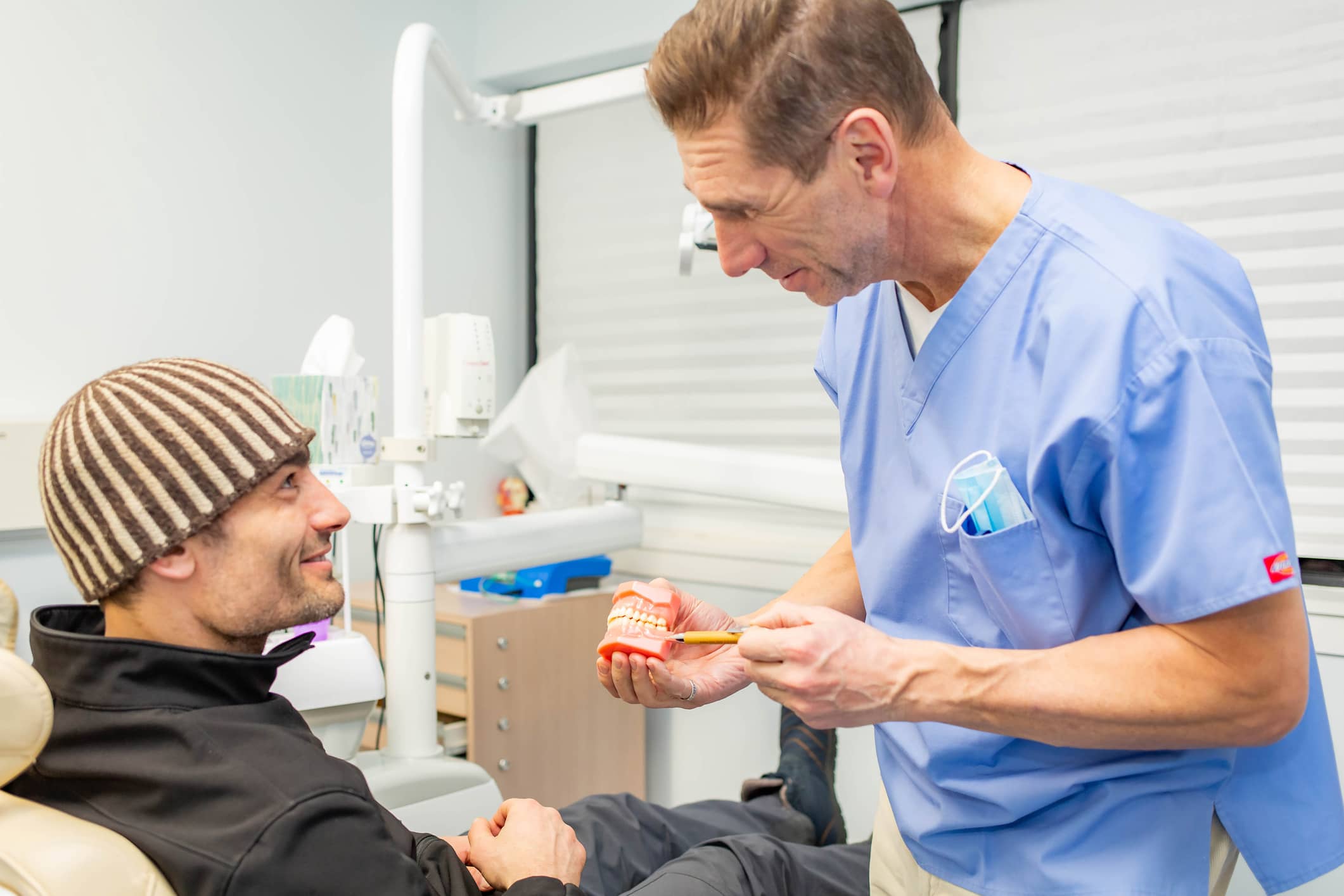
Why Low-income Patients Prefer Hospitals to Primary Care
Efforts to reduce preventable hospital visits may backfire and increase usage, unless providers make fundamental changes in care delivery, according to researchers from the Perelman School of Medicine at the University of Pennsylvania. The researchers, who published their study in the July issue of Health Affairs, explored the reasons low-income patients use hospitals more often than primary care and found those patients believe hospital care is more affordable and convenient and of better quality.

Shreya Kangovi, MD, MS, suggested healthcare providers need to listen more to patients and respond accordingly.
“It was surprising and concerning for me to find out that these individuals are telling us our preventive and primary care system is riddled with barriers that drive them away and into the hospital,” said lead author Shreya Kangovi, MD, MS, assistant professor of medicine, director of the Penn Center for Community Health Workers and a Robert Wood Johnson Foundation Clinical Scholar at the Philadelphia Veterans Affairs Medical Center.
Why low-income patients choose hospitals first
“Meanwhile, as a health system, we are ringing our hands about why people are going to the hospital, and when you ask them, they say it’s cheaper, more convenient and potentially perceived as higher quality,” Kangovi continued. “I think this is something that applies to all patients.”
Patients with low-socioeconomic status do not have the resources to jump through the hoops higher-income people might, and consequently, she added, they place a magnifying glass on the difficulties patients experience in the primary-care environment.
“We need to think about the way we are designing healthcare delivery on the preventive side,” Kangovi said. “We have a system set up to treat illness. We are making it difficult for people to get low-cost, effective, preventive primary care.”
Additionally, she said, the findings “suggest that efforts to reduce hospital readmissions solely by improving the quality of hospital care could backfire by making hospitals even more attractive for low-SES patients.”
Kangovi and colleagues conducted in-depth interviews with 40 low-socioeconomic status patients--with low income and uninsured or on Medicaid--in the Philadelphia area about why they choose to visit the hospital/emergency department over a primary care physician.
When it came to primary care, the patients complained about problems with busy telephone lines or recordings, difficulty obtaining same-day appointments and arranging transportation, and then experiencing the additional expense and inconvenience of being referred to specialists. Alternately, hospital emergency departments are open 24/7, offer “one-stop shopping,” provide charity care and are perceived as delivering technically higher quality care.
“This study debunks the perception that low-socioeconomic status individuals abuse the emergency room and need to be educated on its proper use,” said David Grande, MD, MPA, assistant professor of medicine at Penn Medicine and senior author on the study. “To the contrary, these patients eloquently explained to us how we have built a healthcare system that incentivizes them to wait and get sick in order to get care that is more costly to society.”
The researchers identified two different groups of low-socioeconomic status patients: (1) super-users, with five or more visits within six months, whose hospital care was driven by early-life trauma, substance abuse, housing instability and social dysfunction; and (2) lower-utilizers, who reported postponing ambulatory care because of caregiver burden and job pressures. Many patients in the first group reported going to the hospital for respite from a chaotic home life or just to be with people, so they could talk with someone.
Redesigning primary care to be more attractive
Kangovi said provisions in the Affordable Care Act, such as accountable care organizations (ACOs) and patient-centered medical homes (PCMHs), offer an opportunity to redesign primary care. However, she cautioned that they must become more responsive to patients’ needs and address the barriers identified in the study.
The authors suggest ACOs physically co-locate services and arrange for transportation whenever possible. Some ACOs already do this.
For instance, primary care and specialty providers work out of the same locations at the Diagnostic Clinic Walgreens Well Network ACO in Largo and Clearwater, Florida. James F. Rivenbark III, MD, chief medical officer/chief operations officer and ACO medical director of Diagnostic Clinic, explained that if the primary care physician notes a problem needing specialty care, he or she will walk the patient to the specialist’s office. Care coordination nurses at Diagnostic Clinic meet with patients in the hospital, schedule a follow-up appointment with the provider and arrange transportation if needed.
Additionally, the study authors suggest consistent care plans across settings. That way, when a primary care physician says no to a prescription for a controlled substance, the ED physician does not write the script, reinforcing the perception of better care at the hospital.
For the frequent fliers in the first group, the authors suggest less costly alternatives for the secondary benefits received in a hospital. That might include respite care, community health workers, a trained lay person with a similar life experience who could provide emotional social support, and better linkages with outpatient mental health and substance abuse services.
“There’s a lot out there we are going to continue to learn from patients, and this is giving the healthcare audience a taste of what we can learn if we listen to patients,” Kangovi said. “As we move forward with the redesign, we must continue to take the pulse of how patients think it’s working.”
© 2013. AMN Healthcare, Inc. All Rights Reserved.
